Het arrangement 16.4 Creating fashion - hv12 is gemaakt met Wikiwijs van Kennisnet. Wikiwijs is hét onderwijsplatform waar je leermiddelen zoekt, maakt en deelt.
- Auteur
- Laatst gewijzigd
- 2025-05-11 19:32:24
- Licentie
-
Dit lesmateriaal is gepubliceerd onder de Creative Commons Naamsvermelding-GelijkDelen 4.0 Internationale licentie. Dit houdt in dat je onder de voorwaarde van naamsvermelding en publicatie onder dezelfde licentie vrij bent om:
- het werk te delen - te kopiëren, te verspreiden en door te geven via elk medium of bestandsformaat
- het werk te bewerken - te remixen, te veranderen en afgeleide werken te maken
- voor alle doeleinden, inclusief commerciële doeleinden.
Meer informatie over de CC Naamsvermelding-GelijkDelen 4.0 Internationale licentie.
Aanvullende informatie over dit lesmateriaal
Van dit lesmateriaal is de volgende aanvullende informatie beschikbaar:
- Toelichting
- Deze les valt onder de arrangeerbare leerlijn van de Stercollectie voor Engels voor havo en vwo, leerjaar 1 en 2. Dit is thema 16 'Shopping and fashion'. Het onderwerp van deze les is: Creating fashion. In deze les staat het zelf kleding maken centraal en de impact van zelfgemaakte kleding. De grammaticaopdracht is een toets waarbij alle grammatica van thema 16 wordt getoetst (Past perfect, Past perfect continuous en Conjunctions)
- Leerniveau
- VWO 2; HAVO 1; VWO 1; HAVO 2;
- Leerinhoud en doelen
- Engels;
- Eindgebruiker
- leerling/student
- Moeilijkheidsgraad
- gemiddeld
- Studiebelasting
- 1 uur 40 minuten
- Trefwoorden
- arrangeerbaar, creating fashion, engels, grammaticatoets, home sewing, homemade fashion, hv12, impact of homemade fashion, stercollectie, zelf kleding maken

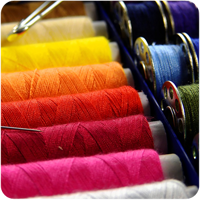


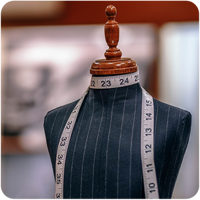

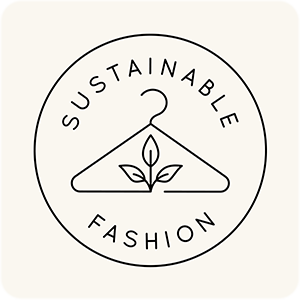
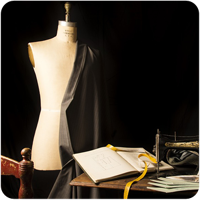 Study the vocabulary. (10 minutes)
Study the vocabulary. (10 minutes)


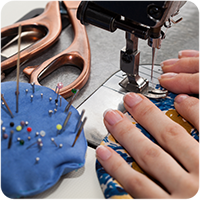
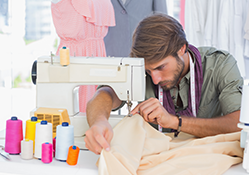
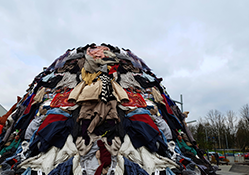
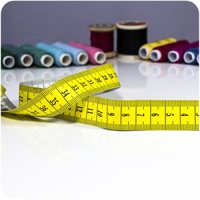
 You graded yourself on 3 topics during Introduction. Which grade would you give yourself now?
You graded yourself on 3 topics during Introduction. Which grade would you give yourself now?